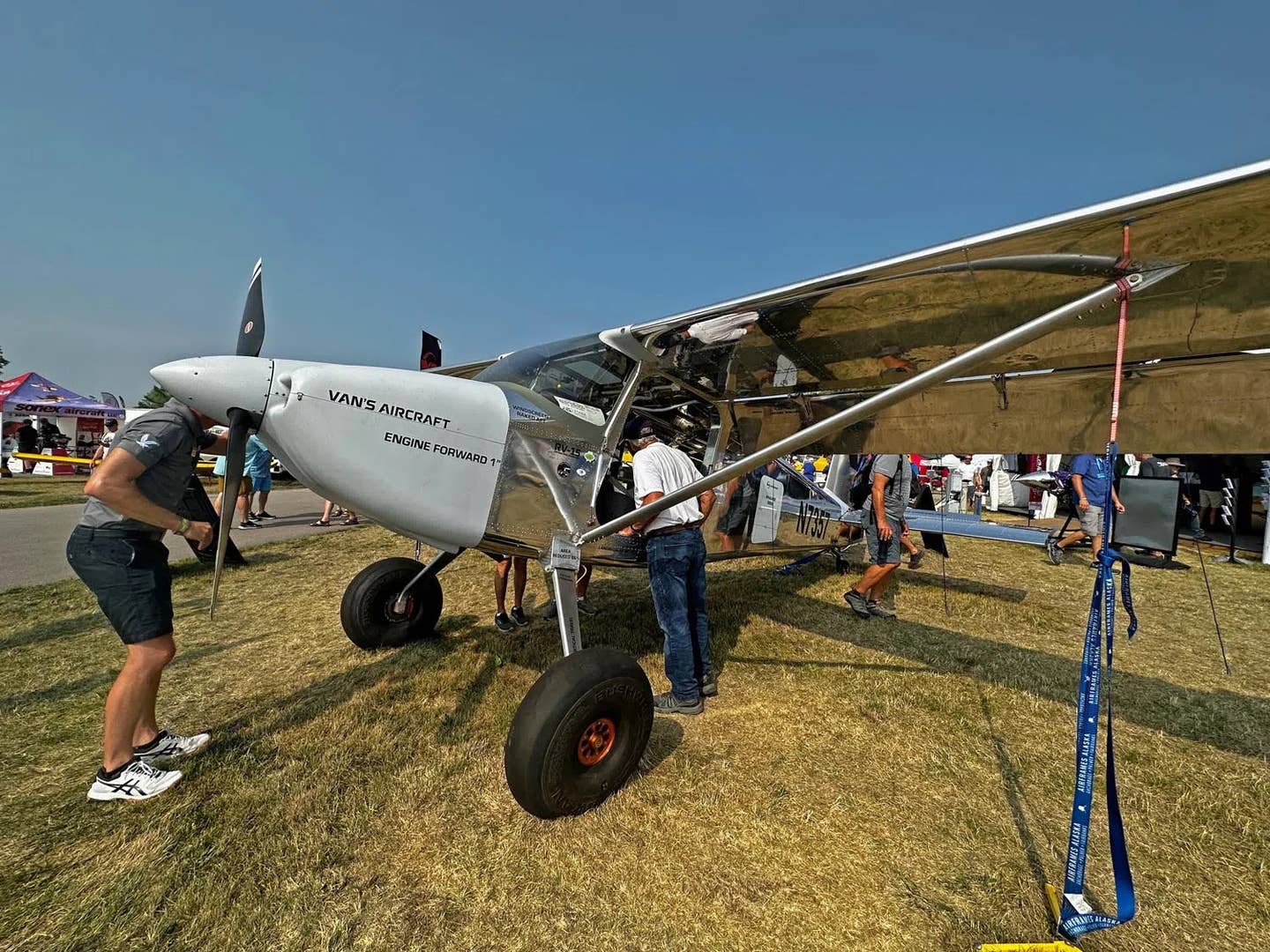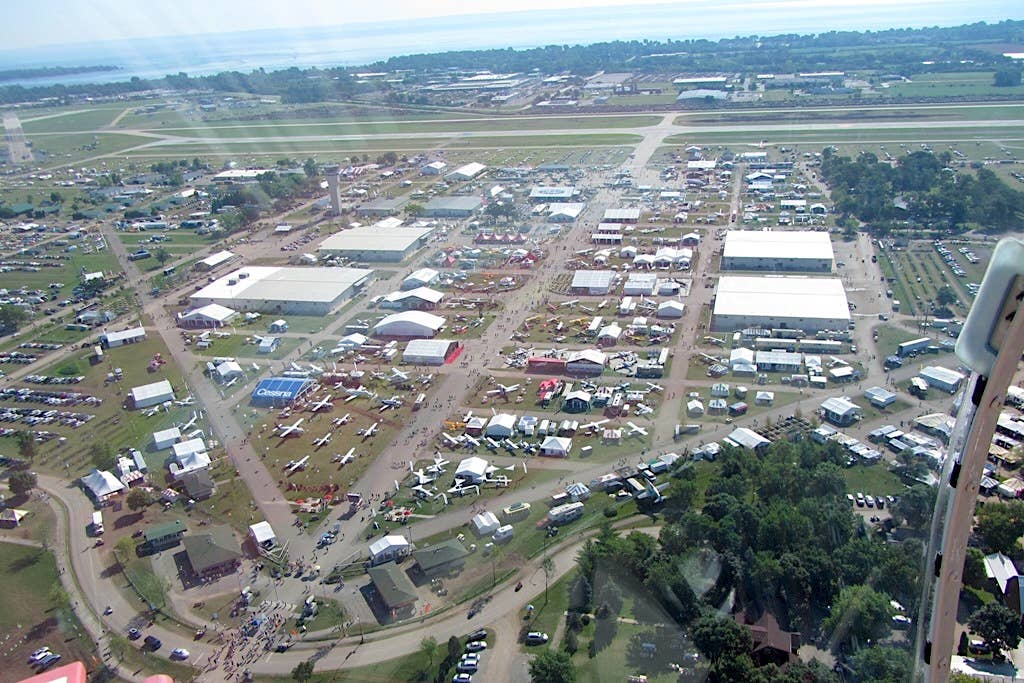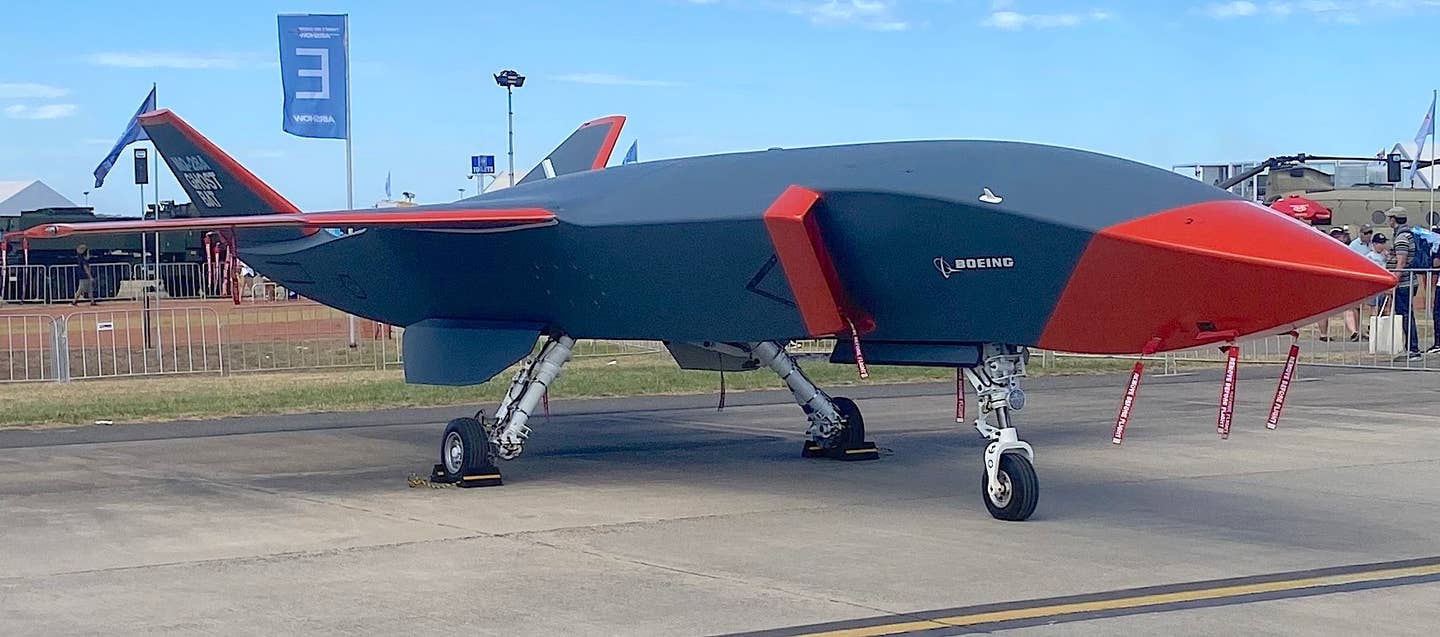Van’s Aircraft Update On The RV-15
Part of Van’s Aircraft’s public forum at AirVenture this morning focused on the development of the high-wing RV-15, which made a splashy debut here last year. Skeptics might wonder if much is…

Part of Van’s Aircraft’s public forum at AirVenture this morning focused on the development of the high-wing RV-15, which made a splashy debut here last year. Skeptics might wonder if much is happening given that the airplane on display here looks a lot like it did last year. But that would be to ignore the tremendous amount of development work that’s gone on since.
As reported by engineer Brian Hickman and engineer/test pilot Axel Alvarez, there have been many changes that you have to really look to notice. For example, the stabilator has been modified with wider anti-servo tabs and additional span. Moreover, the anti-servo tab is now trimmable and no longer split; originally, one tab trimmed and the other acted as an anti-servo tab. (A stabilator needs an anti-servo tab to provide control feedback. The fortunate side effect is that it can be easily tuned for specific handling qualities.) The two feel that the current iteration of the stabilator gives the engineering prototype the right amount of stability and stick forces appropriate to a utility airplane that still feels like an RV.
As for roll, the ailerons have been slightly reshaped and their hinge points moved. There have also been changes to the internal control-system gearing that influences stick throw. Together with the stabilator changes, the RV-15’s control forces are much more harmonized than on the original design. Finally, the rudder, which was deemed too sensitive, has lost its external counterbalance to bring its responses in line with the rest. The last item changed in the engineering prototype was to cant the engine down further than it was—the droop is now 2.2°.
Much more is on the immediate horizon. Van’s still plans to build a new set of wings, which will not only have fuel in them (now slated to be 60 gallons) but will feature extruded spar caps and a specially made strut; the current one is an “off the shelf” item not optimized for drag on the RV-15. Van’s has also undertaken a weight-savings plan for the wing.
Past that, the airplane will get a new fuselage, as previously reported. The wing will move back by 4 inches and the tail goes back by about the same amount. (Meaning the distance from the wing’s trailing edge and the stabilator’s leading edge remains roughly the same.) The goal remains accommodating lighter engines than the current IO-390 Lycoming. With those changes, the A-pillar sweeps back, the door shapes change subtly and the main landing gear in the taildragger moves back from the firewall. While all this happens, the engine will move 1 inch down and forward from its current position on the firewall, helping to preserve over-the-nose visibility. Inside, the cabin will be wider at the A-pillar by 2 inches and the instrument panel relocated for more knee room.
Even as the small changes have been validated, Alvarez has been putting a lot of time on the RV-15 engineering prototype, expanding the envelope, gathering additional flight-test data (including measuring control forces with the help of digital test equipment) and even practicing bad landings. He showed a video of a slightly misjudged round out where the airplane bounced gracefully but required no further intervention than holding the stick back where it made a gentle second touchdown. The innovative damped landing gear earned its keep that day.
Last year, Van’s said it would begin taking deposits 12-18 months after the airplane debuted. It’s likely to need the next 6 months to complete its work and begin nailing down the design so manufacturing can begin. No prices have been announced.
This article originally appeared KITPLANES. For more great content like this, subscribe to KITPLANES!






